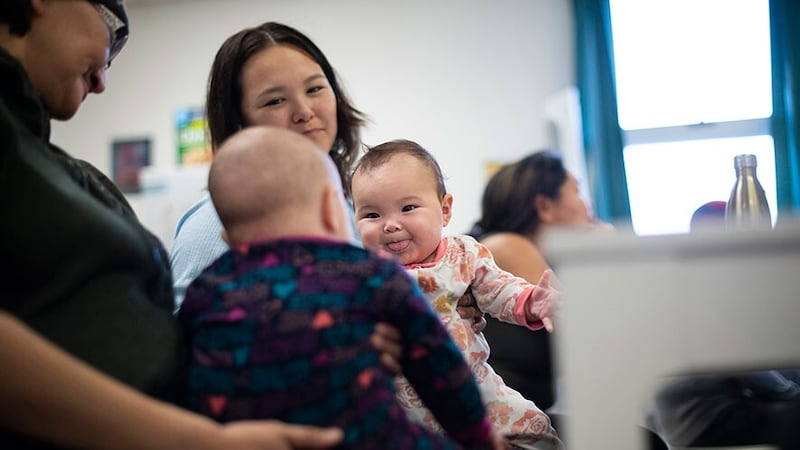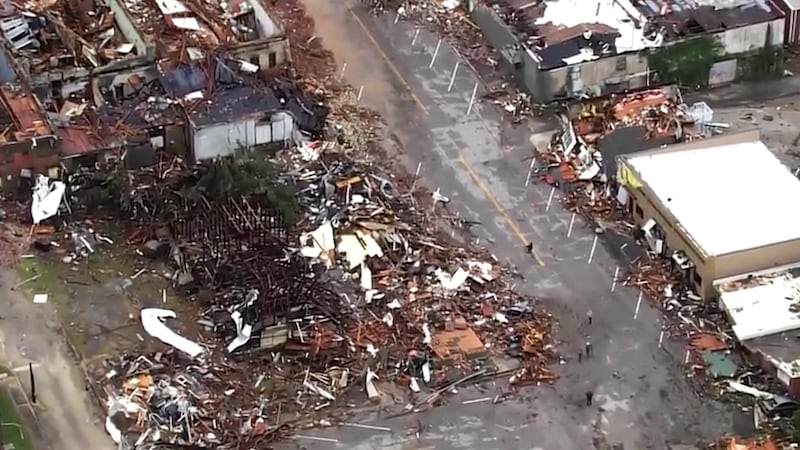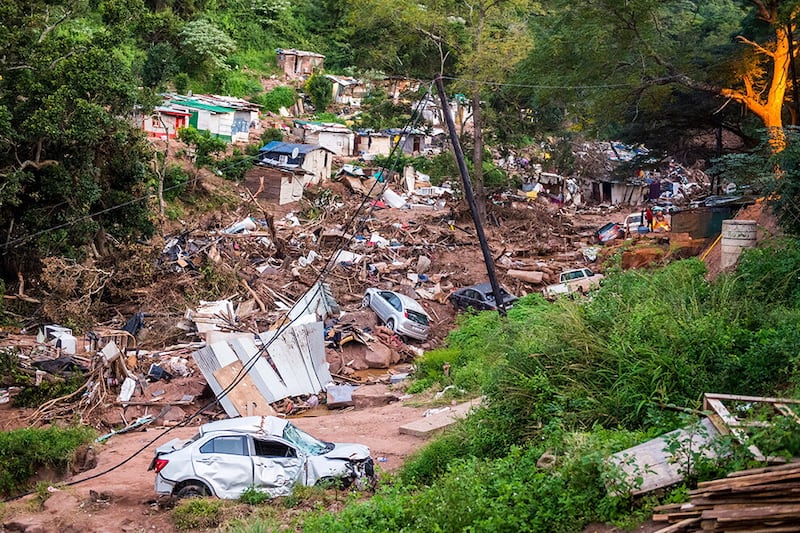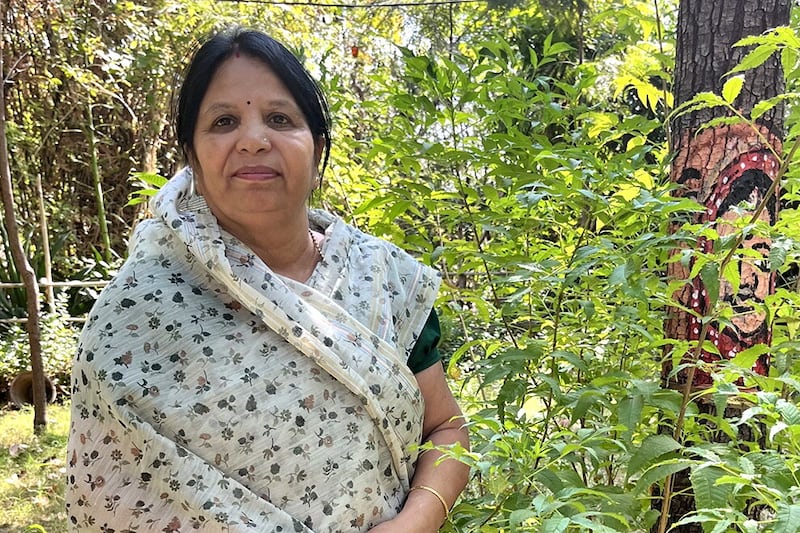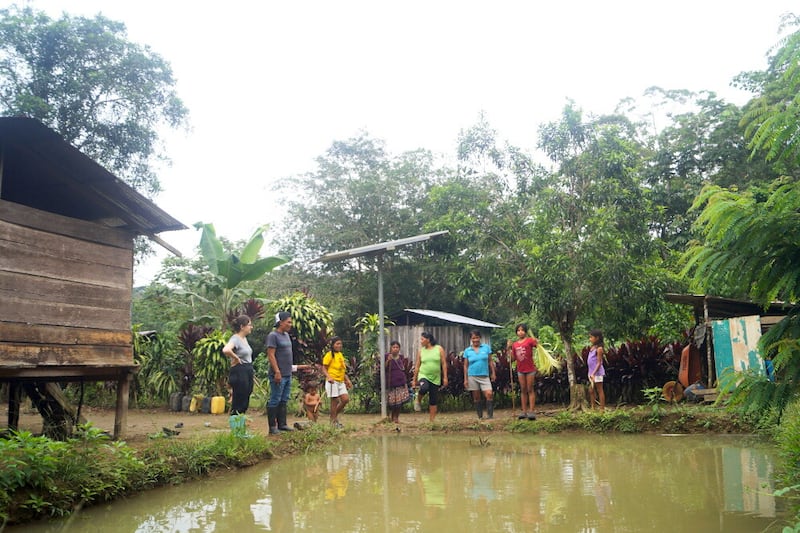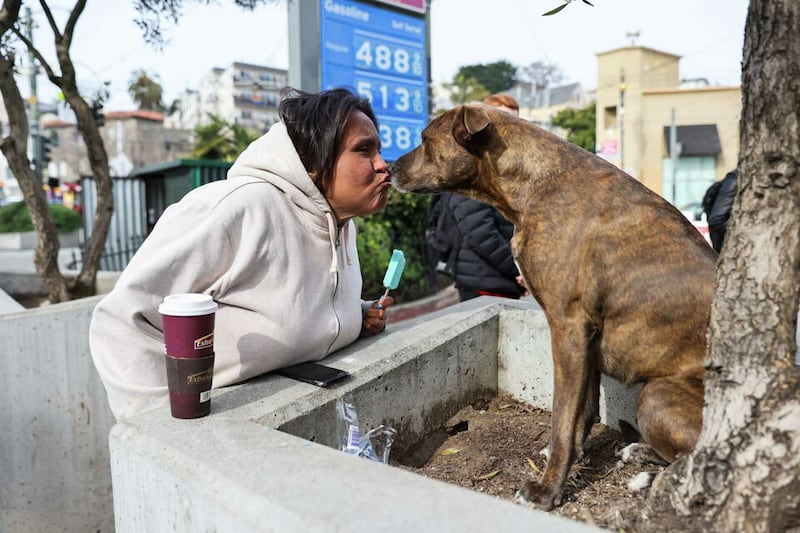When the time came in September for Tapia Tattuinee to fly south to give birth, she didn’t want to go.
The bad memories were still fresh from the last time she left her central Nunavut community of Rankin Inlet to deliver a baby in Winnipeg, over two hours away from plane. The unfamiliar food. The smelly hotel room where Ms. Tattuinee and her mother stayed until she went into labor. The men hanging around outside, making them nervous to leave that room.
More than anything, Ms. Tattuinee loathed the thought of leaving her two children in Rankin Inlet for a month or longer while she brought their new baby sister into the world. Even if the 32-year-old Inuk mother secured federal funding for the family’s travel, she didn’t want to relocate her 11-year-old son and 3-year-old daughter for a month, especially as she’d have to pull the older one out of school.
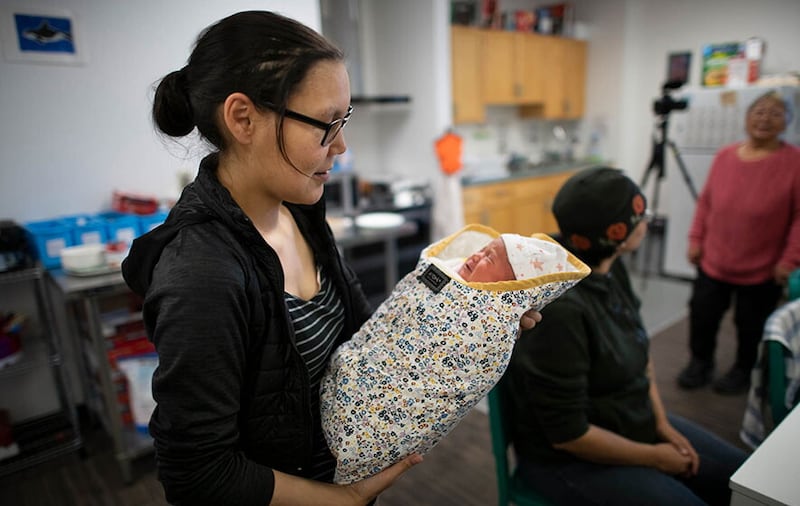
“I’m going to refuse to leave no matter what,” Ms. Tattuinee thought to herself. “I’m going to stay at home and have the baby here.”
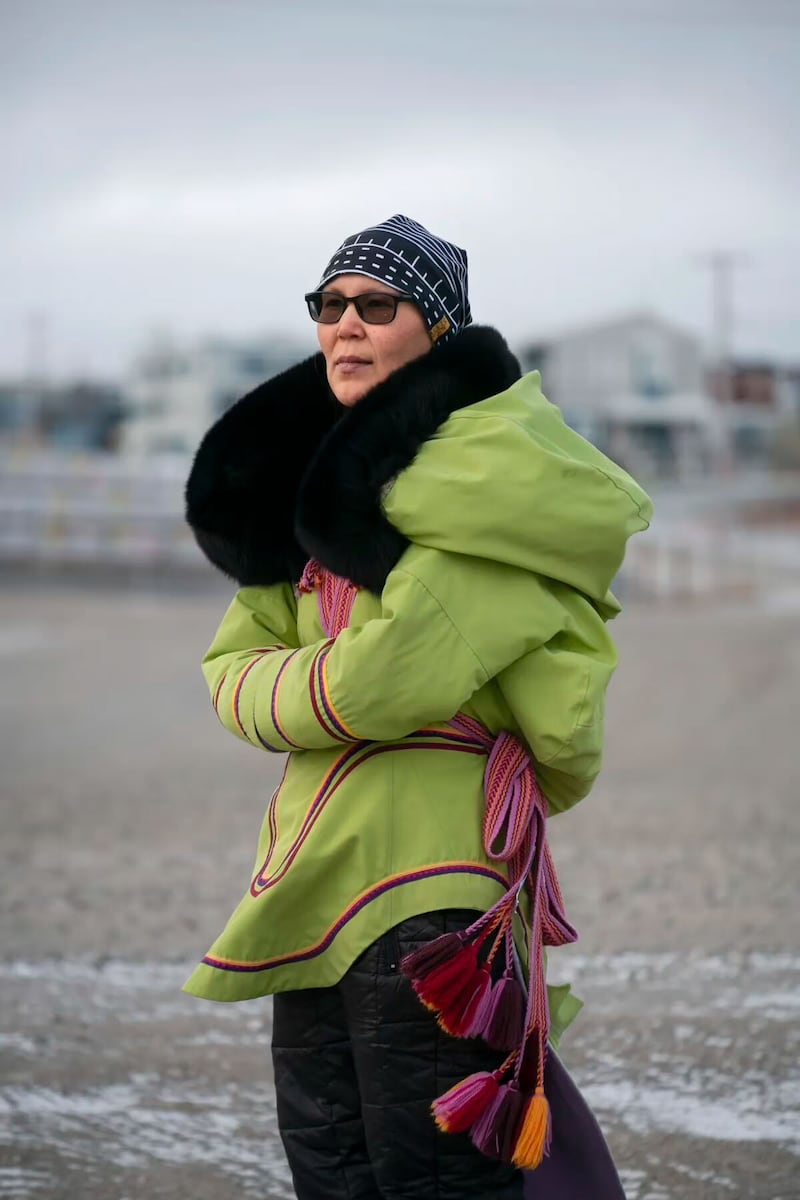
So that’s what she did. In defiance of a Government of Nunavut policy that directs women from the territory’s central Kivalliq region to leave at the 36-week mark of their pregnancies to deliver at a Winnipeg hospital, she stayed in Rankin Inlet and gave birth to a healthy baby girl, Trudi, on October 5, at the community’s health center. Ms. Tattuinee had heard at her prenatal appointments that two southern midwives would be in Rankin near her due date to provide perinatal care ―not planned births― and she knew that, if need be, they would catch the baby.
Not so long ago, Ms. Tattuinee wouldn’t have had to go against Government policy to deliver close to home. For nearly 30 years, Rankin Inlet, the second-largest community in Nunavut, had a birthing center, run for much of that time by the country’s first nationally certified Inuit midwives. Ms. Tattuinee had her other children there before being forced to deliver in Winnipeg.
In the summer of 2020, the Government of Nunavut suspended birthing services in Rankin Inlet after the two Inuit midwives working in the region resigned six months apart, citing extreme burnout and alleging mistreatment and racism from territorial government officials and southern health workers. The Government of Nunavut had already halted birthing services in the western community of Cambridge Bay because it couldn’t recruit enough midwives there, leaving the territory’s lone hospital in the capital of Iqaluit as the only place where Nunavut women are allowed to give birth outside of emergency circumstances.
Now, even the obstetrical program at Iqaluit’s Qikiqtani General Hospital, where more than half of Nunavut women deliver, is in jeopardy, according to internal documents obtained by The Globe and Mail through an access-to-information request.
According to a September 14 briefing note, Nunavut’s Department of Health has been unable to attract any permanent replacements for three departing ultrasound technicians, in large part because the human resources department of the territorial government rebuffed efforts by health officials to reclassify the jobs to match the pay and bonuses offered in other remote Canadian hospitals.
About 500 women, most of them Inuit, deliver at Qikiqtani General every year. “If ultrasound services are not available,” the briefing note warns, “all of these clients would need to travel to Ottawa at least once in early pregnancy for a routine ultrasound, as well as a month prior to their delivery date for confinement.”
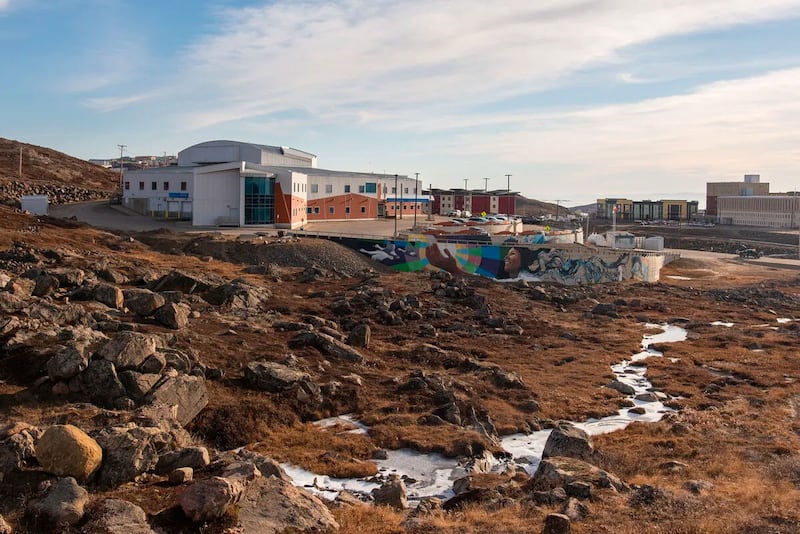
Francois de Wet, chief of staff for Qikiqtani General Hospital and the territory, doesn’t think it will come to that. He said health officials had found enough southern ultrasound technicians to work in Iqaluit on short-term contracts to keep the service going – for now.
Also included in the nearly 500 pages of documents, which The Globe gathered as part of an ongoing series about health care in Canada’s newest territory, is a heavily-redacted proposal by Nunavut’s chief pediatrician to open a pediatric ward and a neonatal intensive care unit at Qikiqtani General. But that plan has been stuck in bureaucratic limbo since 2017, despite the promise it holds for treating more babies and children in Nunavut instead of in southern hospitals.
The need for more local care for mothers and babies in Nunavut couldn’t be clearer. The territory has the highest fertility rate and youngest population in Canada. Nearly a third of the territory’s approximately 40,000 residents are younger than 15. Meanwhile, the infant mortality rate in the territory in 2020, the most recent year for which data are available, was 14.3 deaths for every 1,000 live births – nearly triple the Canadian average of 4.5, and a reflection of the deep poverty in which many Inuit live.
Nunavut’s health care system, made up of Qikiqtani General and health centers in 24 fly-in hamlets staffed mostly by temporary nurses without prenatal expertise is far less equipped to care for pregnant women and children than that of the Northwest Territories, never mind the rest of Canada.
Currently, the territory has just four birthing rooms at the hospital in Iqaluit and no dedicated pediatric beds – not nearly enough to serve the increasing number of pregnancies, and mothers who would much prefer to give birth close to home. With additional resources still in the planning phase with little sense of a timeline, Inuit women will have to keep being sent south for the foreseeable future.
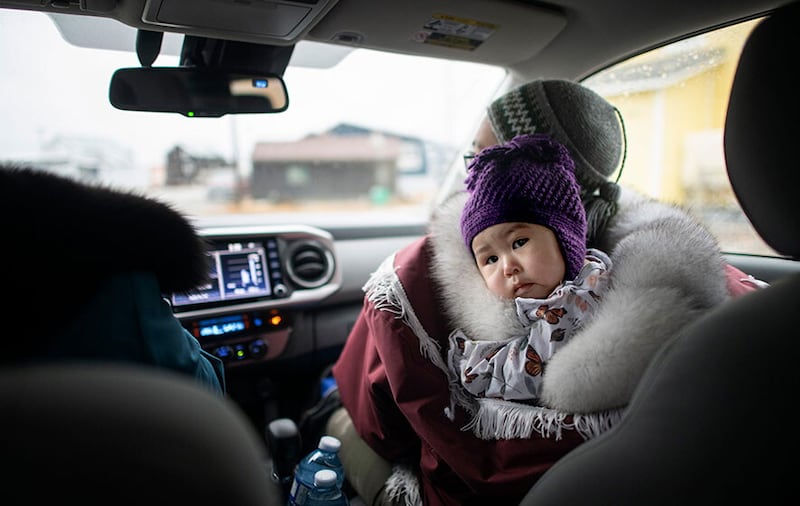
Nearly 30 years ago, it appeared local birthing support was going to grow in the part of the country that would soon become Nunavut [its jurisdiction was finally recognized in 1999]. That’s when the Government of the Northwest Territories set up a birthing pilot project in Rankin Inlet, its second largest city.
The hamlet’s size and status as the regional hub for Nunavut’s central Kivalliq district made Rankin a logical place to revive a culture of midwifery that had withered as Inuit families, coerced by federal government policy or enticed by wage labor, moved into permanent settlements in the 1940s, ‘50s and ‘60s. For centuries beforehand, Inuit women delivered their babies on the land with the guidance of midwives who passed their knowledge down through the generations.
As the shift into settlements accelerated, the federal government, citing Inuit infant mortality rates it considered unacceptable, ordered northern women to deliver at hospitals, which led to them being flown out at Ottawa’s expense to the nearest facility about a month before their due dates.
The births may have been safer, but that came at a personal and cultural cost, said Gerri Sharpe, the president of Pauktuutit Inuit Women of Canada, a national non-profit organization representing Inuit women across the country.
“These are unfamiliar environments for Inuit,” Ms. Sharpe said of the southern cities and hospitals where Inuit women delivered, frequently without any familial support. “They’re often attended by health care providers that do not speak Inuktitut, nor do they understand the cultural context in which Inuit live, making Inuit far more susceptible to the experiences of racism and discrimination.”
There was also a financial cost, which has only increased. In 2017, Ottawa began paying for one escort per woman. Today, the average federal outlay for sending one Kivalliq woman and an escort to Winnipeg is $9,388, according to Indigenous Services Canada (ISC), whose Non-Insured Health Benefits program covers food, accommodations, ground transportation and most of the airfare. In 2020-2021, NIHB spent just over $3 million on airfare alone for Nunavut women to deliver outside the territory.
The Rankin Inlet Birthing Centre, which was initially staffed by southern midwives, and a midwifery training program that opened at Nunavut Arctic College (NAC) in the mid-2000s, were supposed to improve the situation by providing Inuit women with low-risk pregnancies the option of delivering close to home.
Rachel Kaludjak and Catherine Connelly were the first graduates of the NAC program, and in 2009, they became the first Inuit women to be nationally certified as midwives.
Ms. Connelly, who goes by Cas, and Ms. Kaludjak were both mothers of young children when their training took them to Winnipeg, Stony Plain, Alta., Iqaluit and Toronto for weeks at a time so they could attend enough births to earn their licenses. The far-flung practicums were one of the reasons NAC’s midwifery program struggled to attract and retain candidates; only four graduated before the program folded in 2014.

Ms. Kaludjak was “devastated” when she learned of the program’s closure. Without it, there would be no pipeline of future Inuit midwives to share the workload.
The midwives’ jobs went beyond attending low-risk births. They were responsible for all prenatal and postpartum care in Rankin, as well as sexual health services such as providing birth control. They also flew to smaller communities in Kivalliq for weeklong stints to offer prenatal care. In emergencies, they clambered onto air ambulances with women and cared for them as they were whisked off to Winnipeg.
Two midwives were required to be on call at all times. That obligation was difficult, but not impossible to meet when two other full-time non-Inuk midwives worked alongside them. When the last of those permanent employees left in 2014, Ms. Kaludjak and Ms. Connelly found themselves on call 24/7, on top of managing the birthing center and recruiting temporary midwives to keep it running.
Martha Aitkin was one of the southern midwives who worked on a temporary basis in Rankin Inlet on and off between 2017 and the suspension of services in 2020. She also managed the center from 2006 to 2008, when Ms. Connelly and Ms. Kaludjak were students. When Ms. Aitkin returned, she was gratified to see how the two women had grown into their roles. “They both just really had so much experience at that point and were both so good at the job,” she said.
Ms. Aitkin would have moved back to Rankin to fill one of the permanent midwifery posts, but as far as she knows, the jobs were never posted.
Nunavut’s health department isn’t allowed to advertise permanent jobs until a territorial housing committee approves a staff housing unit for the role, which can take years. The policy often leaves a dwindling number of permanent, or “indeterminant” staff, as Nunavut calls them, in charge of a rotating cast of southerners who live in transient housing and don’t stay long.
Ms. Aitkin wasn’t alone in wanting a permanent job alongside Ms. Kaludjak and Ms. Connelly, according to a report on birthing preferences in Kivalliq that the territorial government commissioned after the Inuit midwives resigned.
The March, 2022, report included interviews with 12 midwives who had worked in Nunavut, a “majority” of whom “indicated they would have taken an indeterminant midwife position in Rankin Inlet if it had been advertised.”
The midwives also told the report’s authors that Ms. Connelly and Ms. Kaludjak were treated poorly by some southern health providers and health department superiors because they were Inuit. One example they gave was an air ambulance attendant refusing to engage with the Inuit midwife who was leading the response to an emergency.
The punishing on-call schedule, dearth of permanent midwife colleagues and disrespect took a toll, Ms. Connelly and Ms. Kaludjak said. They proposed a restructuring of the birth center that would have split the manager’s job into two positions without on-call responsibilities, but they said the Nunavut health department ignored or rejected most of their suggestions.
For a few years, the women took turns as the acting managers of the center. When Ms. Kaludjak applied for the permanent role, she was told she had failed the interview. She went back to acting in the manager’s job and stepped away from attending births. (The Nunavut Department of Health declined to comment on human resource matters.)
That left Ms. Connelly as the only permanent practicing midwife in Rankin. Burned out, she quit in December 2019. Ms. Kaludjak followed six months later.
“My only hope,” Ms. Connelly wrote in her resignation letter, “is that, someday, qualified Inuit employees will be valued, cherished, respected and listened to when we are trying to improve the system.”
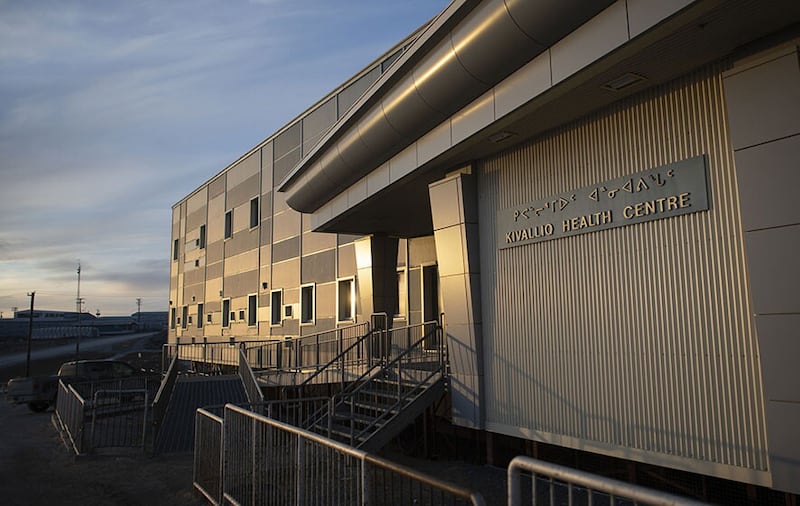
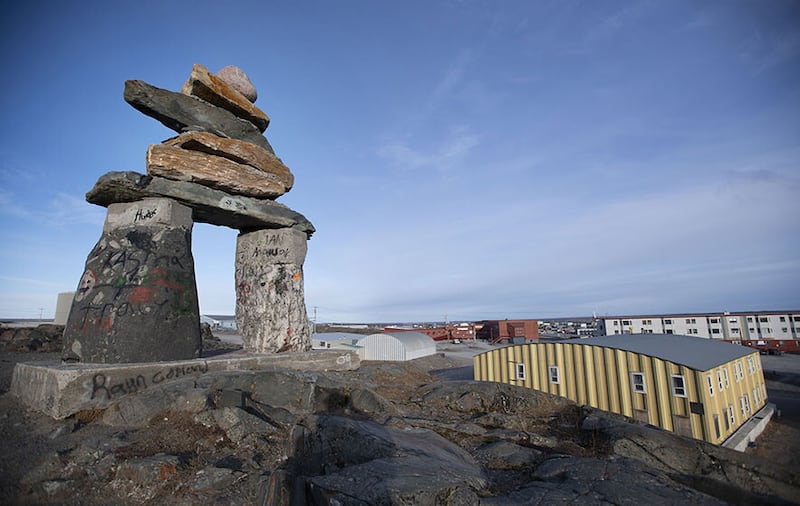
The Nunavut department of health says its long-term goal is to bring birthing back to Rankin Inlet. The department has applied for federal funding to explore a partnership with the University of Manitoba’s Indigenous midwifery program, and to sketch out a new model for a birthing center.
Across the province, Nunavut has funding for 10 full-time midwifery jobs, but currently, only two are filled with permanent staff. The Department of Health has posted permanent midwifery jobs with staff housing in Rankin since the spring and hasn’t received any applications.
Reviving birthing in Rankin Inlet would be easier if the Government of Nunavut could entice Ms. Kaludjak and Ms. Connelly to return in some capacity, but the women don’t trust the government enough to work for it again.
“It’s such a broken, dysfunctional, non-communicative organization,” Ms. Kaludjak said. She is now working for a non-profit organization, while Ms. Connelly has an administrative role in her family’s business.
Lack of communication between government departments and front-line employees – even senior ones – is a chronic problem in Nunavut, public servants say. Staff turnover is sky-high and critical jobs sometimes sit vacant for years.
Holden Sheffield, Nunavut’s chief of pediatrics, is still waiting to hear about the fate of the business case he drew up in 2017 for opening a pediatric ward and a level 2b neonatal intensive care unit at Qikiqtani General. A NICU of that level would be particularly transformative, he suggested, because it would allow babies born at 32 weeks gestation to stay in the territory or return from Ottawa (where preemies from Baffin Island are cared for) earlier than 36 weeks, as is the practice today.

In 2021, the Department of Health spent $6,000 on an external review of Dr. Sheffield’s business case. The review and the original business case released to The Globe were heavily redacted because they were deemed Cabinet advice. Nunavut’s departments of Health and Finance said they couldn’t comment on either document before the proposal is debated in the legislative assembly – though a date for that has not yet been set.
But an e-mail exchange between Dr. de Wet, the territorial chief of staff, and Colleen Stockley, then the deputy minister of health, suggests the external review was positive.
“Finance has been very evasive as to the timeline for implementation, and now that [the review] is done, we need to try and move this initiative forward,” Dr. de Wet wrote to Ms. Stockley on May 27, 2021.
Ms. Stockley replied that the review, “makes a very good case to move forward and it is exactly what I/we had in mind as we made the first steps to increase pediatrician numbers.” Nunavut now has three pediatricians living in the territory and two more who spend half their time there – a success story for a territory that struggles to recruit permanent medical personnel.
Ms. Stockley has since retired. Her replacement is on a temporary contract and running the department remotely from Saskatchewan.
There is some cause for hope, at least in Iqaluit: Qikiqtani General plans to add two neonatal intensive-care cribs next year using existing space and staff, a step toward realizing the vision Dr. Sheffield outlined in his proposal nearly six years ago. The NICU beds, coupled with the recent addition of an in-territory obstetrician-gynecologist, mean more women with complicated pregnancies and threatened preterm labor should be able to deliver in Iqaluit.
“Two beds is a really good starting spot for us,” Dr. Sheffield said.
For now, though, Dr. Sheffield, Dr. de Wet and their colleagues continue to look to an overwhelmed southern healthcare system for help. It is a precarious position, as Dr. de Wet learned when Manitoba all but closed its only pediatric intensive-care unit to Nunavut children during a punishing wave of respiratory syncytial virus, or RSV, earlier this year.
“That definitely highlighted again the urgent need for expansion in the territory,” he said.
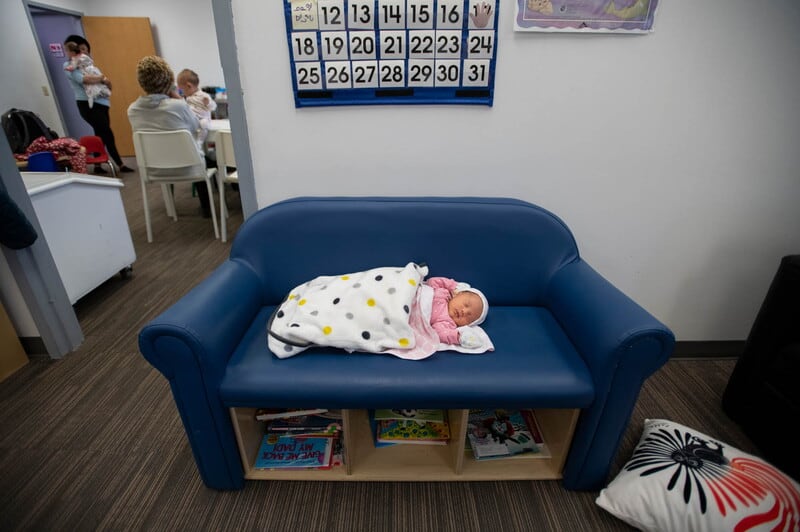
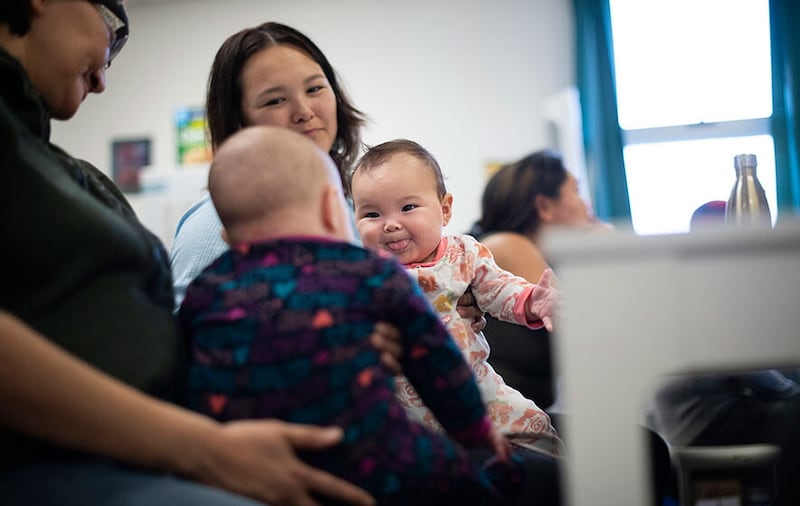
After giving birth to trudi, Ms. Tattuinee joined an early years program in Rankin Inlet run by Ilitaqsiniq, the Nunavut Literary Council. One day in October, facilitator Martha Palluq asked the small group of new mothers to share where their babies were born, as they bounced them on their knees. Their answers illustrated well the lack of local resources: Winnipeg. High River, Alta. Iqaluit.
Of all of the babies, only Trudi, two weeks old that day, was born in Rankin Inlet.
Many of the women said they wished they’d been able to deliver near home with the help of midwives who spoke Inuktitut and shared their culture.
That sentiment was echoed by many others in a Nunavut Department of Health report on birthing in Kivalliq, which it commissioned after Ms. Connelly and Ms. Kaludjak resigned. In the five years before the pandemic, births in Rankin Inlet dwindled to an average of 15 a year, down from 50 in some previous years.
The report, which drew on 15 interviews and 112 online surveys, acknowledged that some women with uncomplicated pregnancies who could deliver in Rankin Inlet chose a Winnipeg birth for the chance to visit a larger community, shop at cheaper stores and access epidurals that aren’t available in Rankin.
Ms. Connelly and Ms. Kaludjak said there were other factors, too, such as the fact that, after a local bed and breakfast was no longer available for pregnant boarders, there was nowhere in Rankin for women from other Kivalliq hamlets to stay. The midwives also said they erred on the side of caution, allowing only the lowest-risk women to deliver in Rankin, where emergency C-sections aren’t available.
Whatever the cause of the low birth numbers, the survey results were clear: Ninety-eight percent of respondents indicated they would prefer to give birth in Nunavut, and 95 percent said the reopening of the Rankin Inlet birthing center would be a positive thing for themselves and their family.
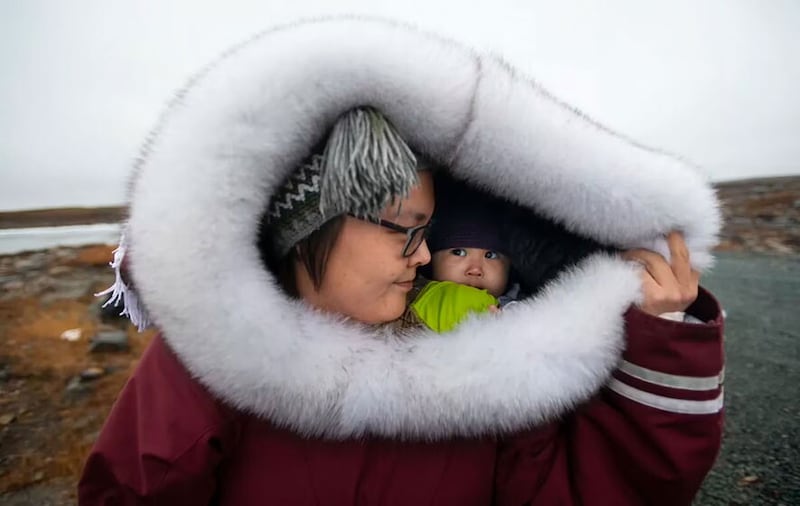
Maria Noolook, 24, expressed the same desire during a visit with Ms. Palluq, who also supports and educates new mothers individually. Since her clients often prefer to get out while chatting, Ms. Palluq picked up Ms. Noolook, a second-year student in the teaching program at Nunavut Arctic College, and her nine-month-old daughter, Adelynn, in an Ilitaqsiniq truck. They stopped at a Tim Horton’s, then drove out of town, bumping their way along a winding road that takes Rankin residents out onto the land. In Inuktitut and English, they talked about Adelynn’s teething, the new foods she was trying, and how she’d stolen her Daddy’s heart.
Ms. Noolook had traveled south to Winnipeg as a birth escort for her 18-year-old niece, Adelynn’s biological mother, from whom Ms. Noolook adopted Adelynn in the customary Inuit way.
If Ms. Noolook has more children, she’d prefer to do it in Rankin. “Because I wouldn’t want to leave her,” she said of Adelynn. “And because I find it would be better to be around family.”
This story was originally published on The Globe and Mail (Canada)and is republished within the
[ Human Journalism NetworkOpens in new window ]
program, supported by the ICFJ,
[ International Center for JournalistsOpens in new window ]
.

